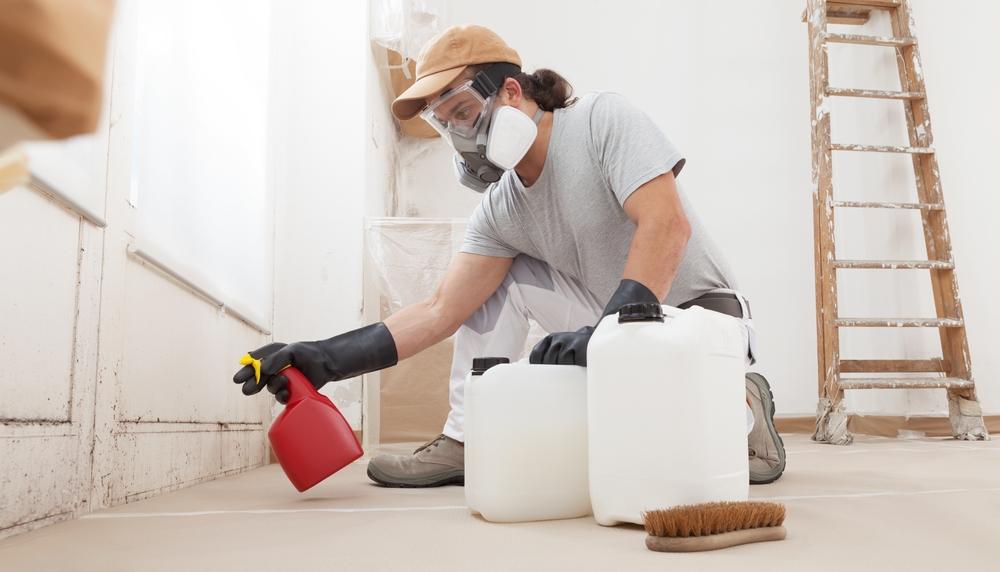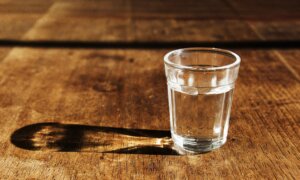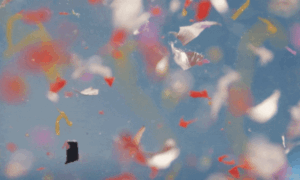A Potential Trigger for Alzheimer’s Disease
Early-onset Alzheimer’s disease is marked by the accumulation of beta-amyloid plaques, while late-onset Alzheimer’s is characterized by neurofibrillary tangles and neuronal death, Wang said. Infections from viruses, bacteria, or fungi in the brain can trigger inflammation, leading to gradual brain atrophy and potentially resulting in Alzheimer’s disease.
Neurological Effects of Mold
Cryptococcus is a type of fungus that can infect the brain. Cryptococcus infections can manifest in two ways, according to Wang:
- Cryptococcal meningitis: Cryptococcus can infect the membranes surrounding the brain, potentially leading to permanent, irreversible damage to brain tissue. If detected early, partial brain function may be restored through medication or surgical removal of the affected areas.
- Asymptomatic infection: Some strains of Cryptococcus may not cause noticeable symptoms in the early stages. However, the infection can reactivate when the immune system is weakened, and chronic brain inflammation may develop, potentially leading to brain damage that is difficult to treat by the time it is detected.
Symptoms of Mold Exposure
Common molds do not have much of an effect on people with normal immune function, Wang noted. The most typical response to mold exposure is an allergic reaction, with symptoms such as sneezing, runny nose, and nasal congestion. However, in individuals with weakened immune systems, even spores from less toxic fungi can cause severe infections.
- Superficial infections: These include skin conditions such as ringworm (tinea corporis) and athlete’s foot (tinea pedis). These infections can be treated with medication and typically do not pose serious problems.
- Systemic infections: When the immune system is weakened or prolonged use of antibiotics has disrupted the balance of beneficial bacteria, fungi such as Candida, which are normally present on the skin or within the body, can proliferate and enter the bloodstream, leading to systemic infections.
- Exogenous infections: Fungi from the environment, such as certain strains of Cryptococcus, can infect humans, often through contact with bird droppings. These infections are particularly harmful to individuals with weakened immune systems, newborns, or the elderly.
If you come into contact with bird droppings outdoors, it is important to handle them carefully, Wang advised. Use disinfecting wipes or ordinary paper towels soaked in alcohol or disinfectant to cover and remove the droppings.
Measuring Indoor Humidity
A warm and humid environment is ideal for mold growth. Wang suggests the following methods to assess whether the humidity in your surroundings is too high:
- Install a hygrometer in a well-ventilated area. A reading exceeding 80 percent indicates high humidity.
- Examine silicone sealants in damp, poorly ventilated areas. The presence of black spots likely signals excessive humidity.
- Check the surface of wooden or veneered furniture. Black spots or fungal growth on rough areas are signs of high humidity.
- Check textiles such as leather, cotton, and yarn. These are prone to fungal growth. A moldy odor when opening your closet is a clear sign of high humidity.
If you discover black, white, or other colored fungal growth beneath the carpet or on the underside of a mattress that has not been moved for years, it suggests that your home environment is too humid, Wang noted.
Mold Prevention Methods
Using an air conditioning does not always reduce humidity. For those living in humid subtropical areas, Wang advised using a dehumidifier at home. He also outlined three key methods for mold prevention:
- Place fans or air circulators in well-ventilated areas to keep the air flowing.
- Use a dehumidifier to keep indoor humidity between 40 percent and 60 percent, which helps prevent mold growth.
- Regularly open closet doors and use moisture absorbers, such as dehumidifying sheets or boxes, to reduce humidity.
A house that has been unoccupied for an extended period may develop a musty odor. Wang recommends ventilating the space by opening the windows and using an exhaust fan in the kitchen. He also suggests keeping the windows in both the kitchen and bathroom open, along with other doors and windows, to ensure proper air circulation and help expel moisture.
Tips When Using Disinfectants
If you find mold in your home, you can use disinfectants or diluted bleach to clean it, but complete removal can be challenging. While baking soda creates an alkaline environment that inhibits mold growth, it does not eliminate the mold entirely. The most important step is to keep the humidity below 60 percent, as this effectively prevents widespread mold growth, Wang said.
- Ensure disinfectant safety. Choose disinfectants carefully, ensuring they are approved by local agencies and come with product liability insurance.
- Use in a well-ventilated area. Open windows while using disinfectants and continue to ventilate the area afterward, as these chemicals can linger in the environment.


















